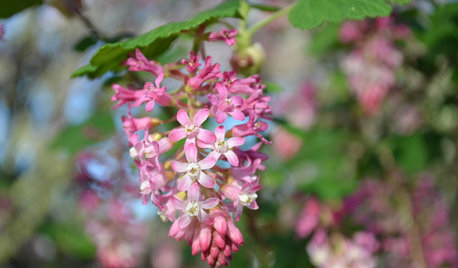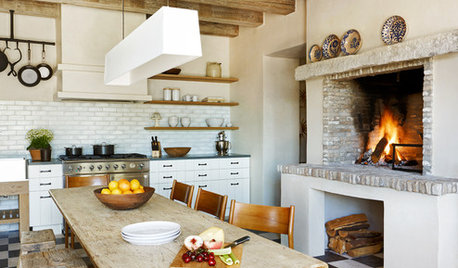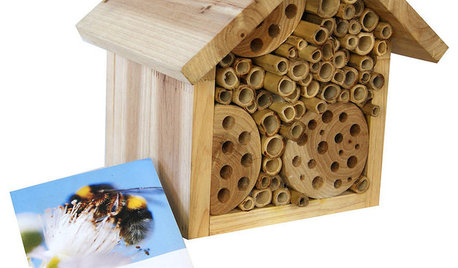To feed the birds
Iris GW
15 years ago
Related Stories

GARDENING FOR BIRDSFeed the Birds: 6 Plants for Abundant Winter Berries
Be kind to your fair feathered friends during lean food times by planting a shrub or tree loaded with nutritious snacks
Full Story
GARDENING GUIDES8 Native Shrubs for Year-Round Bird Feeding
It’s not just about berries. These plants provide insects for birds and seasonal interest for gardeners
Full Story
GARDENING GUIDESGreat Design Plant: Feed Wildlife With Flowering Currant
Blossoms and berries make this plant irresistible to birds, bees and other critters — and a treat for the eyes too
Full Story
GARDENING GUIDES15 Native Flowers That Feed Native Bees
These perennials offer superfood to hundreds of bees and are gorgeous in their own right
Full Story
KITCHEN DESIGN8 Fireplaces to Feed Your Kitchen's Style
It's easy to find good kitchen help these days — these fireplaces help you cook, provide focal points and create delicious warmth
Full Story
GARDENING GUIDESBackyard Birds: Northern Cardinals in the Snow, and Other Red Birds
Brilliant crimson feathers make these friends stand out in a crowd
Full Story
GARDENING FOR BUTTERFLIESA Quick-Start Guide to Bird-Watching for Fun and Learning
Set out some seed and grab your field guide. Bird-watching is an easy, entertaining and educational activity for the whole family
Full Story
GARDENING FOR BIRDSWild Birds Transform a Woman’s Garden and Life
How Sharon Sorenson created a wildlife haven and became the Bird Lady of Southern Indiana
Full Story
GARDENING GUIDESBackyard Birds: Invite Entertaining Hummingbirds Into Your Garden
Hummingbirds — unique to the Americas — zip through open landscapes seasonally or year-round. Here’s how to attract them
Full Story
PRODUCT PICKSGuest Picks: 20 Ways to Play Garden Host to Birds and Bees
Perch some of these houses and feeders around your garden, and watch pollinators and feathered friends flock in
Full StoryMore Discussions






msyoohoo
joepyeweed
Related Professionals
Carson Landscape Architects & Landscape Designers · Norton Shores Landscape Architects & Landscape Designers · Apollo Beach Landscape Contractors · Fort Payne Landscape Contractors · Hendersonville Landscape Contractors · Louisville Landscape Contractors · Oxnard Landscape Contractors · Peoria Landscape Contractors · Placerville Landscape Contractors · St. Louis Landscape Contractors · West Haverstraw Landscape Contractors · Four Corners Landscape Contractors · Centreville Driveway Installation & Maintenance · Riverside Driveway Installation & Maintenance · Tampa Swimming Pool Builderschrsvic
maifleur01
joepyeweed
terrene
Iris GWOriginal Author
prairiegal
midwesternerr
MissSherry
raee_gw zone 5b-6a Ohio